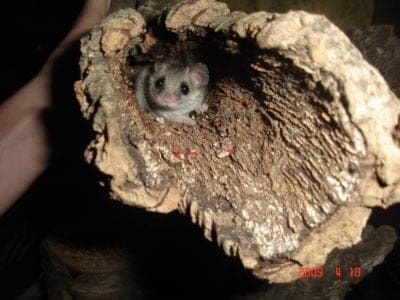Below you can find a complete list of Libyan animals. We currently track 219 animals in Libya and are adding more every day!
The unique wildlife of Libya extends from the Mediterranean coastline to large areas of the Sahara desert. There are 87 species of mammals, including basic farm animals such as cows, sheep, goats, and chickens. There are also 338 species of birds, many rodents, insects, and sea animals, and 95 species of reptiles including snakes, lizards, and turtles. Besides this, Libya has legislated protection of endangered animals and unique wildlife with several parks, reserves, and other protected areas.
The Official National Animal of Libya
One official national animal of Libya is the Arabian Eagle, whose image is on everything from government documents to churches to team uniforms. Also known as the Eagle of Saladin and the Republican Eagle, it rivals the Hawk of Quraish. With dark brown and black markings and an average length of 15.2-42 inches, this impressive bird was chosen as the national animal because it is large, majestic, and symbolizes power, freedom, transcendence, and shared responsibility in raising children. Its natural habitat is open and semi-open areas including open woodland, rocky hillsides, and mountains as well as steppes. Currently, it is listed as Endangered by the IUCN due to habitat destruction by humans.
Another national animal of Libya is the Barbary Lion, also called the Berber lion, Atlas lion, North African lion, and Egyptian lion. As the largest lion subspecies, it differs from its African and Asiatic counterparts, it prefers to live as a solitary hermit in the forested mountainous environments of North Africa.
Where To Find The Top Wild Animals in Libya
A significant amount of wildlife can be found in Libya’s Saharan desert. There, about 70 species of mammals, 300 species of birds, and 100 species of reptiles exist. However, the wildlife tends to be dangerous animals and, due to the extreme heat, are mostly nocturnal. For this reason, it is animal researchers who are most likely to see them. There are several protected areas where people can look at desert animals, such as Fezzan Park and Tripoli’s Zoo. Alternately, they can spot coast-dwelling animals along the Mediterranean coast, including 90 species of resident birds as well as turtles and mollusks.
The Most Dangerous Animals In Libya Today
The most dangerous animals in Libya are the wildlife that lives in the desert, such as poisonous snakes and insects. The black widow spider is native to temperate regions around the world. It is sedentary, shy, and mostly nocturnal, biting on rare occasions out of self-defense. Symptoms range from mild to severe and treatment depends on the severity of the symptoms. Sand or horned vipers and cobras are venomous snakes and without antivenom treatment, their bites are fatal. Reticulated pythons, although not venomous, are up to 25 feet long and kill by constricting their prey. Finally, there are scorpions. The deathstalker (Leiurus quinquestriatus) is a common Saharan species that is fatal to children, the elderly, or weak people but is rarely seriously harmful or fatal to healthy adults.
Endangered Animals In Libya
Some examples of rare desert animals whose populations were greatly reduced by over-hunting and are now endangered species are:
- Ostrich
- Addax (also called white antelope or screwhorn antelope)
- Cheetah
- Some species of gazelles: Scimitar-Horned Oryx, Dorcas Gazelle (Gazella dorcas), Dama Gazelle (Gazella dama), and Red-Fronted Gazelle
- Arabian Eagle
- 2 species of turtles: Kleimann’s tortoise and Golden Greek tortoise
- Libyan jerboa
Extinct Animals in Libya
The Scimitar-Horned Oryx is now extinct in the wild, and the Barbary lion is completely extinct. Desert crocodiles were once plentiful in lakes and rivers in the Sahara until a century ago, and they are rare elsewhere in the Middle East. The Sahara contains fossils of extinct wildlife, including dinosaurs, lizards, and marine animals. Some of the fossils are on display in the Ghadames Museum.
Unique Animals in Libya
The sand cat is a small wildcat seen on rare occasions in Libya and other countries. The Libyan wildcat is another small wildcat, also called the African wildcat. With regards to domestic cat breeds, the Abyssinian is the descendant of the Libyan wildcat (African wildcat) and other small cats but closely resembles the Libyan.
Some examples of unique animals in Libya are the Glass Lizard, African Wild Dog, Barbary Sheep, Fennec Fox, Gazelle, Zonkey, and Zorse. Unique birds which are difficult to find elsewhere are the Green Bee Eater, Golden Oriole, and Nightingale. The zonkey and zorse are, as their names suggest, hybrids of zebras and donkeys and zebras and horses, respectively.
Mammals found only in Libya include Horacek’s Horseshoe Bat, Grobben’s Gerbil, the Sand Gerbil, the Vivacious Gerbil, the Cyrenaica Vole, and the Cyrenaica White-toothed Shrew (IUCN) (BHL). Hanak’s Pipistrelle is also native to the country, as is Lanza’s Worm Snake. The Libyan Blue Tit is sometimes considered a distinct species from the African Blue Tit, and the Aphanius killifish from the Mediterranean.
Insects found only in Libya include certain species of the following:
- Beetles, including Onitis ringenbachi (a dung beetle) and Caulostrophus ringenbachi (a weevil)
- Grasshoppers (Paracinipe adelaidae and Thalpomena dernensis)
- Katydid (Afrosteropleurus ientilei)
- Cockroach (Heterogamisca kruegeri)
- Planthopper (Dictyophara merjensis)
- Leafhopper (Wadkufia elegans)
- Moths (carpenter moth Meharia turatii and casebearer moth Coleophora aeneostrigella)
- Bees (Nomioides mucoreus, Andrena cyrenaica and Lasioglossum tripolitanum)
Libyan Animals

Abyssinian
One of the oldest cat breeds in the world!
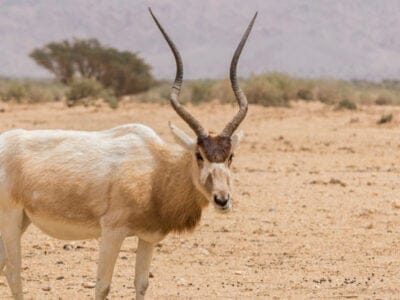
Addax
The hooves of the addax are splayed and have flat, springy soles, one of the adaptations that help it walk over sand.
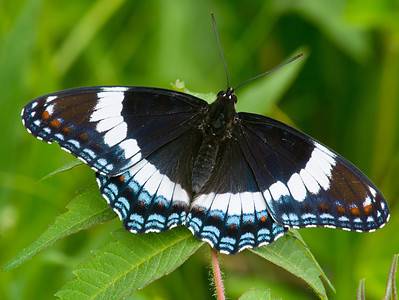
Admiral Butterfly
Stunningly beautiful wings
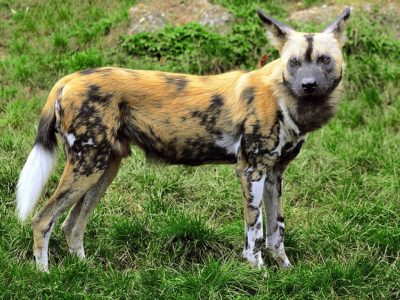
African Wild Dog
Also known as the painted dog!
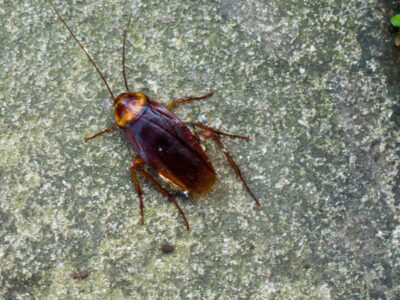
American Cockroach
Despite its name, actually originated from Africa and the Middle East

Ant
First evolved 100 million years ago!
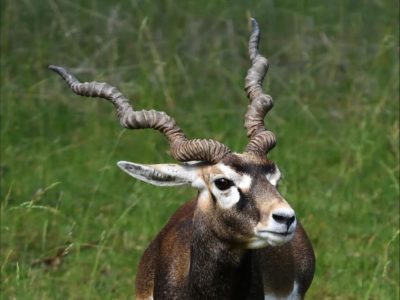
Antelope
Renew their horns every year!
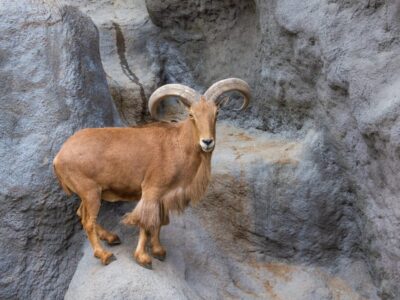
Aoudad Sheep
More aoudad sheep live in the United States than in their original North African habitat.

Armyworm
They are so named because they "march" in armies of worms from one crop to another in search of food
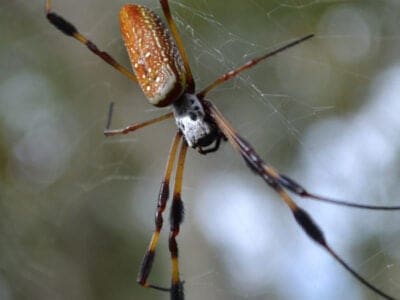
Banana Spider
People spin clothing and fishing nets out of these spiders’ silk.
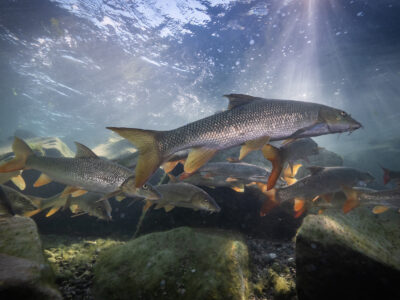
Barb
There are over 1768 known species!

Barn Owl
Found everywhere around the world!

Barn Swallow
Older offspring help care for new hatchlings.

Bat
Detects prey using echolocation!

Bed Bugs
Bed bugs feed for 4-12 minutes.

Bee
Rock paintings of bees date back 15,000 years

Beetle
There are more than 350,000 different species

Bird
Not all birds are able to fly!

Biscuit Beetle
The biscuit beetle form a symbiotic relationship with yeast

Black Widow Spider
They typically prey on insects!
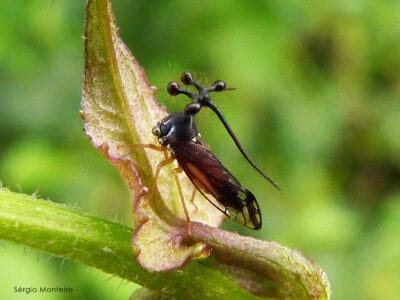
Brazilian Treehopper
“Mild-Mannered Minimonsters”
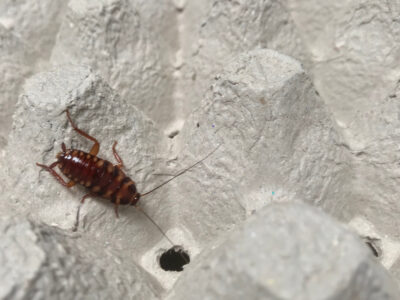
Brown-banded Cockroach
Females glue egg cases to furniture

Brown Dog Tick
Can live its entire life indoors
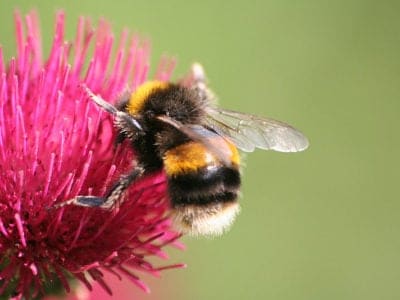
Bumblebee
The most common species of bee!

Butterfly
There are thought to be up 17,500 species!
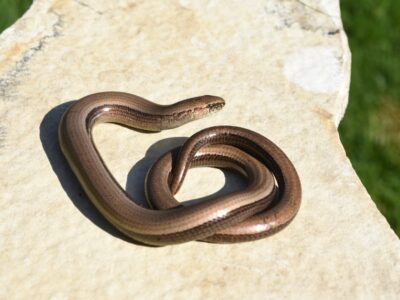
Caecilian
Some species' babies use their hooked or scraper-like teeth to peel off and eat their mother's skin
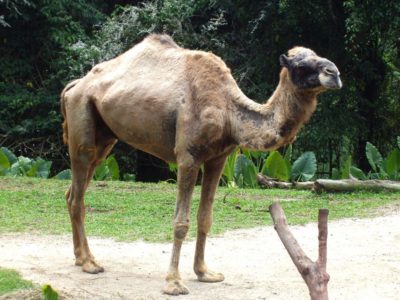
Camel
Can survive without water for 10 months!
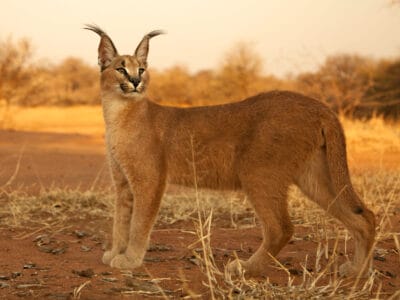
Caracal
Has 20 different muscles in it's ears!

Carpenter Ant
Carpenter ants can lift up to seven times their own weight with their teeth!
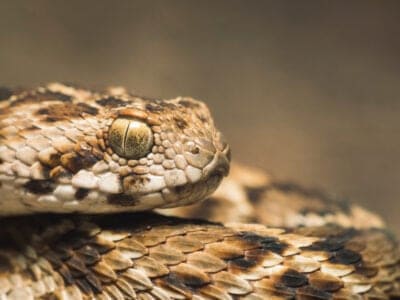
Carpet Viper
The Carpet Viper probably bites and kills more people than any other species of snake.

Cat
May have been domesticated up to 10,000 years ago.

Caterpillar
The larvae of a moth or butterfly!

Catfish
There are nearly 3,000 different species!

Centipede
There are about 3,000 documented species!
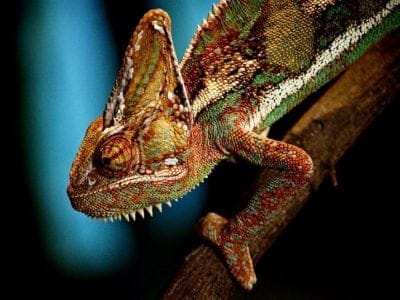
Chameleon
There are more than 160 different species!
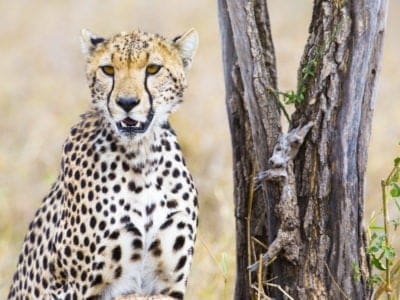
Cheetah
The fastest land mammal in the world!

Chicken
First domesticated more than 10,000 years ago!
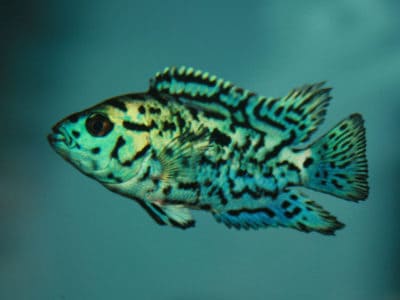
Cichlid
There are more than 2 000 known species!

Cockroach
Dated to be around 300 million years old!

Codling Moth
Pupae are able to undergo diapause to survive poor fruit yield years and winter.
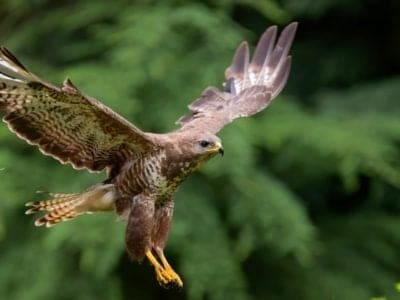
Common Buzzard
The most common raptor in the UK!

Common Furniture Beetle
The common furniture beetle feeds exclusively on wood

Common House Spider
House spiders have the ability to eat most insects in a home.

Common Raven
A group of ravens is called an unkindness or a conspiracy.

Cormorant
They can fly 35 mph and dive 150 feet below water.

Cow
There are nearly 1.5 billion worldwide!

Crab
There are 93 different crab groups

Crab Spider
Crab Spiders can mimic ants or bird droppings
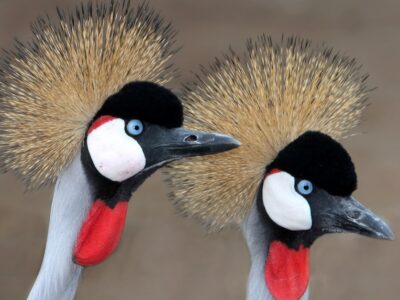
Crane
Many are critically endangered species!

Cricket
Male crickets can produce sounds by rubbing their wings together
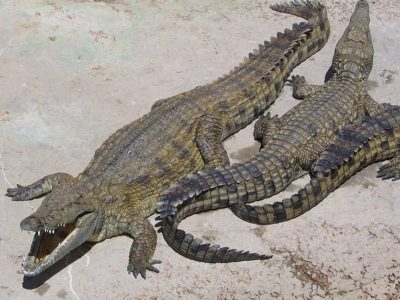
Crocodile
Have changed little in 200 million years!

Crow
A group of these birds is called a Murder.
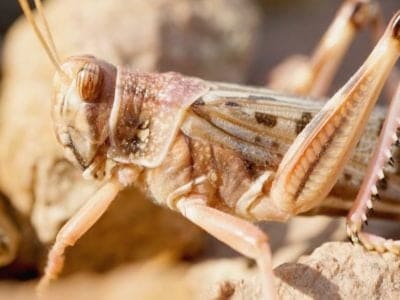
Desert Locust
Solitary locusts are grey while gregarious locusts are yellow with stripes.
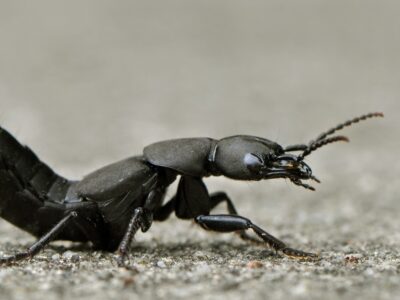
Devil’s Coach Horse Beetle
The Devil’s coach horse beetle can emit a noxious substance to deter predators

Dog
First domesticated in South-East Asia!

Dog Tick
Dog ticks feed on dogs and other mammals

Donkey
First domesticated 5,000 years ago!

Dragonfly
It's larvae are carnivorous!

Dried Fruit Moth
In the event of adverse environmental conditions, dried fruit moth larvae will become dormant and stop developing.

Duck
Rows of tiny plates line their teeth!

Dung Beetle
The dung beetle can push objects many times its own weight
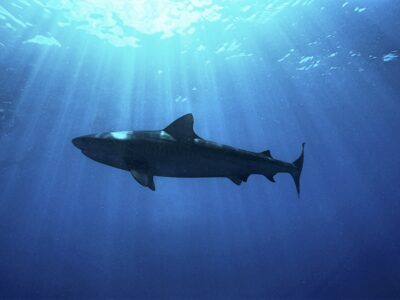
Dusky Shark
The Dusky Shark sometimes eats trash discarded by humans.

Earthworm
They are hermaphrodites, which means they have male and female organs

Earwig
There are nearly 2,000 different species!

Eel
Eels can be a mere few inches long to 13 feet!
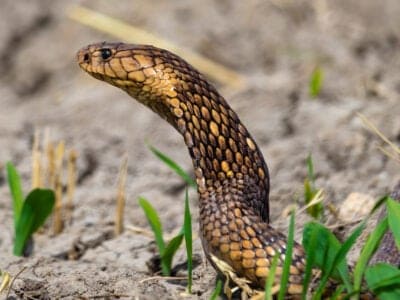
Egyptian Cobra (Egyptian Asp)
The Egyptian cobra is one of the largest cobras in Africa.
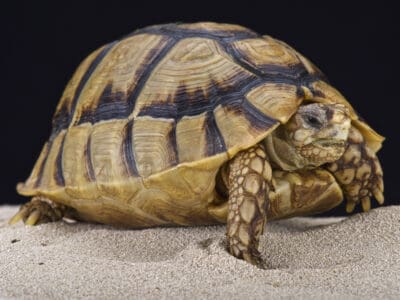
Egyptian Tortoise
The Egyptian tortoise is one of the smallest tortoise species in the world.
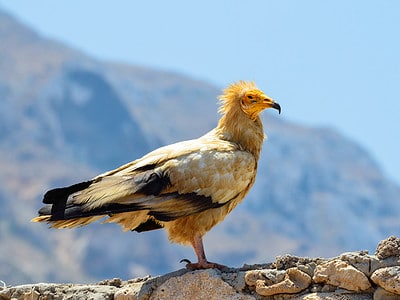
Egyptian Vulture
They steal large ostrich eggs and use rocks and pebbles to crack the shells.
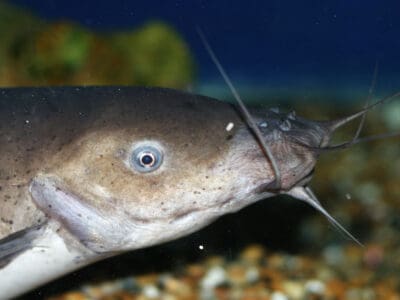
Electric Catfish
The electric catfish can discharge an electric shock up to 450 volts
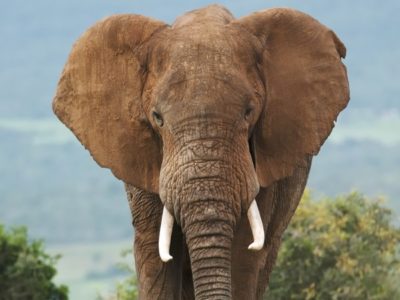
Elephant
Spends around 22 hours a day eating!
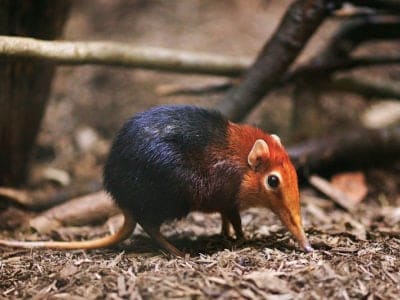
Elephant Shrew
Found exclusively on the African continent!
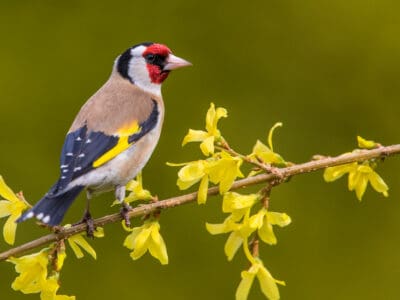
European Goldfinch
They are frequent visitors to backyard feeders, especially those containing niger seeds.
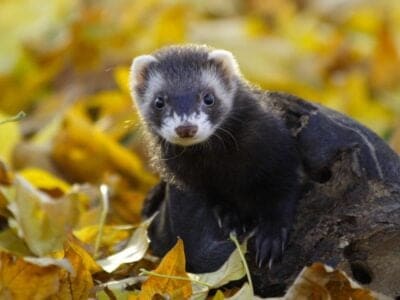
European Polecat
Its fur changes color in the winter!
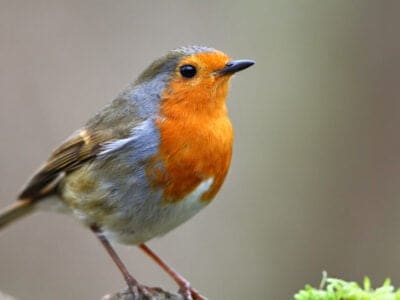
European Robin
Male robins are so aggressive and territorial that they will attack their own reflections.

Falcon
The fastest creatures on the planet!

False Widow Spider
False spiders actually prey on black widow spiders and other hazardous spiders

Fennec Fox
Found in the African Sahara Desert!

Firefly
The firefly produces some of the most efficient light in the world
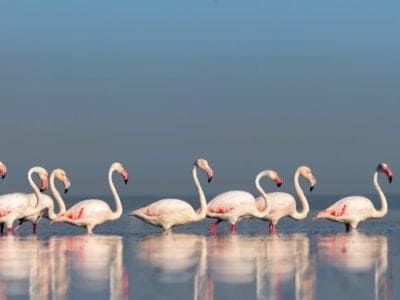
Flamingo
Sleeps on just one leg!

Flea
Adult fleas can jump up to 7 inches in the air

Fly
There are more than 240,000 different species!
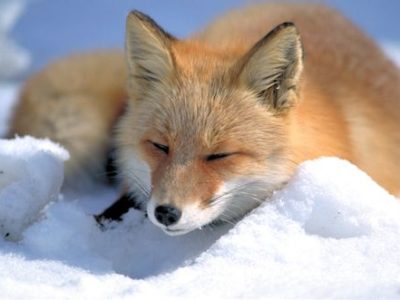
Fox
Only 12 species are considered "true foxes"

Frog
There are around 7,000 different species!

Fruit Fly
Fruit flies are among the most common research animals in the world
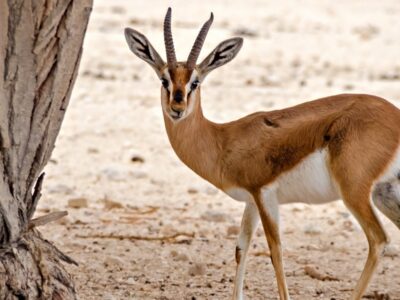
Gazelle
Named for the Arabic word for love poems
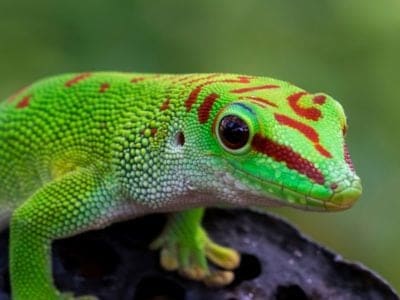
Gecko
There are thought to be over 2,000 species!
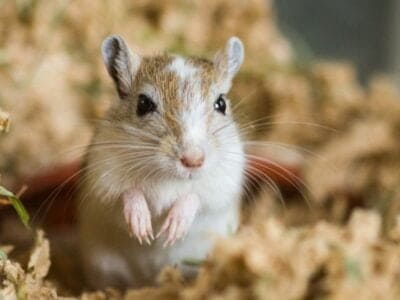
Gerbil
Originally known as the Desert Rat!

German Cockroach
The most common type of urban roach
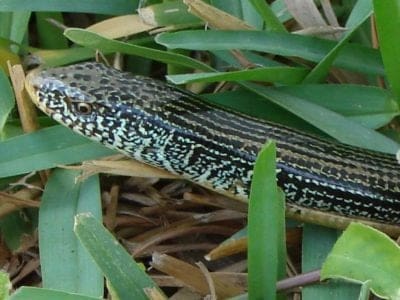
Glass Lizard
Can grow up to 4ft long!

Glowworm
Found inhabiting dense woodland and caves!

Gnat
Males form large mating swarms at dusk
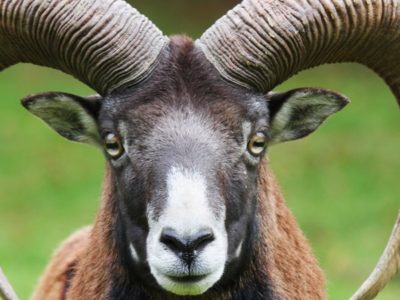
Goat
Most closely related to the Sheep!
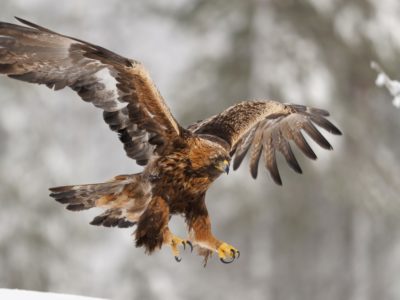
Golden Eagle
Their calls sound like high-pitched screams, but they are quiet most of the time.
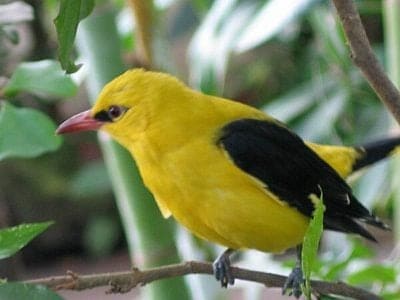
Golden Oriole
Migrates between Europe and Asia!

Grasshopper
There are 11,000 known species!
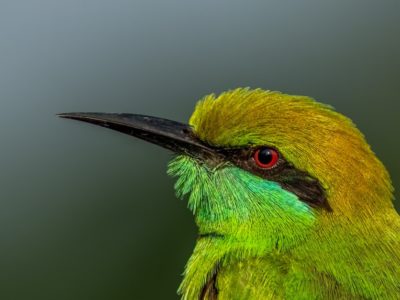
Green Bee-Eater
Mainly eats honeybees!

Gypsy Moth
One of the most invasive species in the world

Hamster
Able to run as quickly backwards as forwards!

Hare
Can reach speeds of over 50 mph!

Hawk Moth Caterpillar
Many hawk moth caterpillars eat toxins from plants, but don’t sequester them the way milkweed butterflies do. Most toxins are excreted.
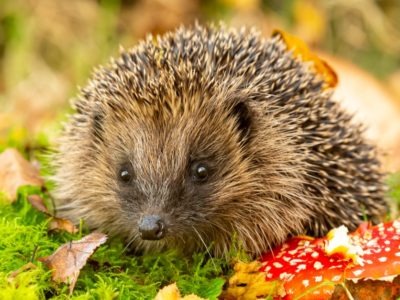
Hedgehog
Thought to be one of the oldest mammals on Earth!

Heron
Inhabits wetlands around the world!

Honey Bee
There are only 8 recognized species!
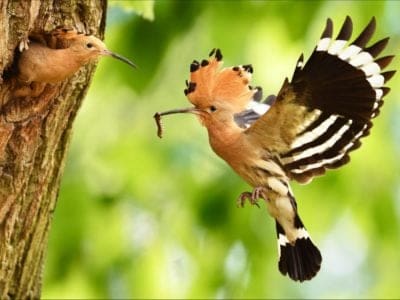
Hoopoe
Stunning bird with a stinky way to deter predators!
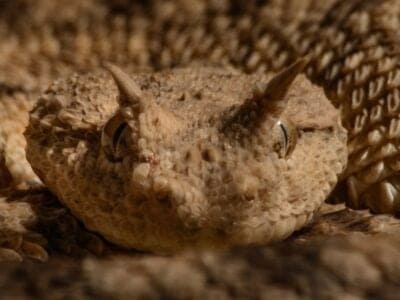
Horned Viper
Horned vipers sidewind across the desert sands of their home.

Horse
Has evolved over 50 million years!

Horsefly
Horseflies have been seen performing Immelmann turns, much like fighter jets.

Housefly
The fly has no teeth

Human
Thought to have orignated 200,000 years ago!

Huntsman Spider
Some huntsman spiders have an interesting way of moving around. Some cartwheel while others do handsprings or backflips.
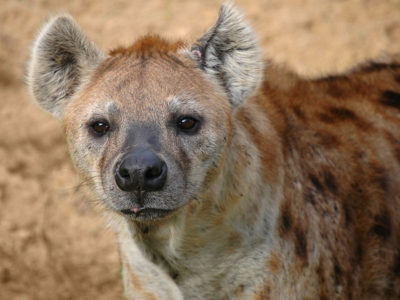
Hyena
There are four different species!
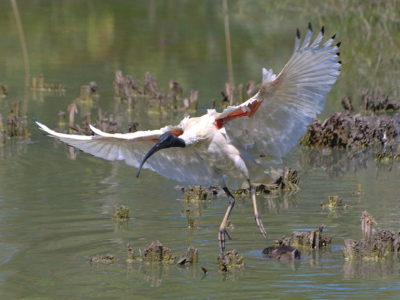
Ibis
Found in swamps, marshes and wetlands!

Insects
There are an estimated 30 million species!
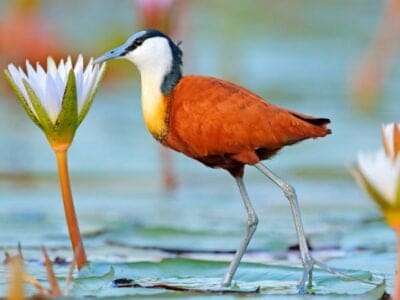
Jacana
The jacana has the ability to swim underwater
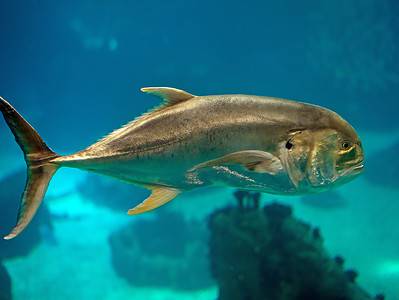
Jack Crevalle
One of the biggest species in the Caranx genus
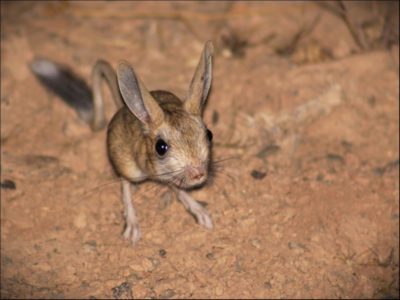
Jerboa
Tiny rodent with a kangaroo-like jump!

Jumping Spider
Some can jump 50 times the length of their bodies

Kingfisher
Inhabits wetlands and woodlands worldwide!

Ladybug
There are more than 5,000 species worldwide!

Leech
Has 10 pairs of eyes!

Liger
The offspring of a lion and tiger parents!

Lizard
There are around 5,000 different species!

Locust
Each locust can eat its weight in plants each day.
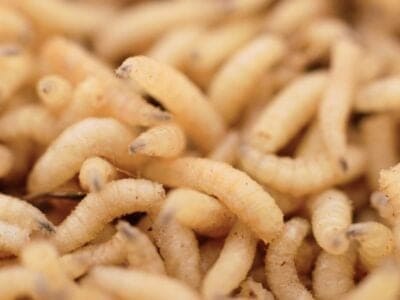
Maggot
Will only live in wet areas
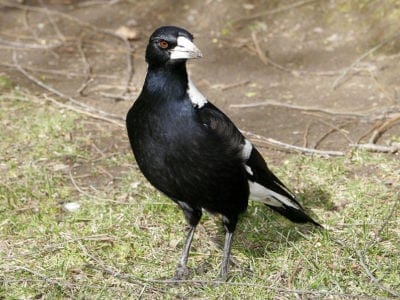
Magpie
They are found across Europe, Asia and Africa!

Mayfly
There are 2,500 known species worldwide!

Mealybug
They have a symbiotic relationship with ants.

Millipede
Some species have a poisonous bite!

Mole
Primarily hunts and feeds on Earthworms!
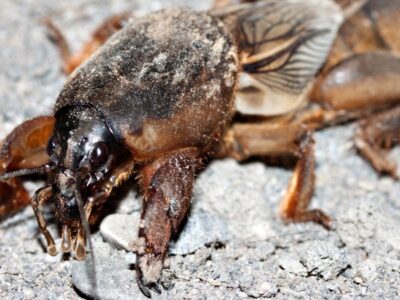
Mole Cricket
Adult Mole crickets may fly as far as 5 miles during mating season and are active most of the year.
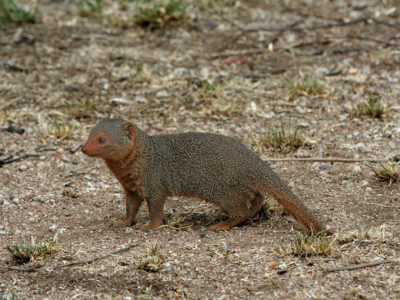
Mongoose
Range in size from just 1 to 3 foot!

Mongrel
Has characteristics of two or more breeds!
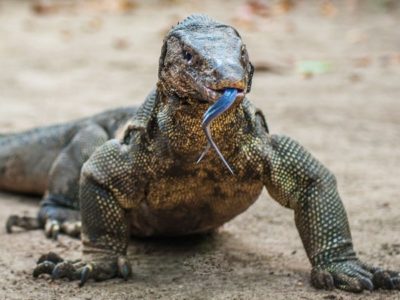
Monitor Lizard
Some species are thought to carry a weak venom!
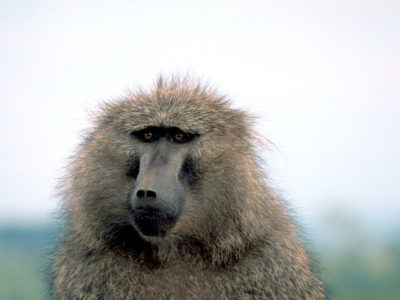
Monkey
There are around 260 known species!

Moorhen
Feeds on aquatic insects and water-spiders!

Mosquito
Only the female mosquito actually sucks blood

Moth
There are 250,000 different species!

Mouse
Found on every continent on Earth!

Mule
The offspring of a horse and donkey parents!

Nematode
Nematodes range in size from 1/10 of an inch to 28 feet long
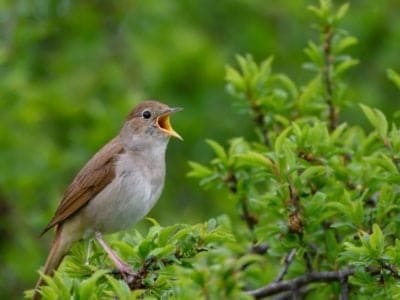
Nightingale
Named more than 1,000 years ago!

No See Ums
There are more than 5,000 species.
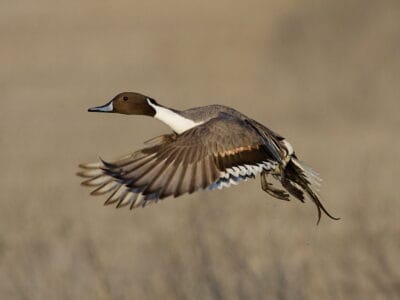
Northern Pintail
Northern pintails migrate at night with speeds reaching 48 miles per hour!

Orb Weaver
Females are about four times the size of males
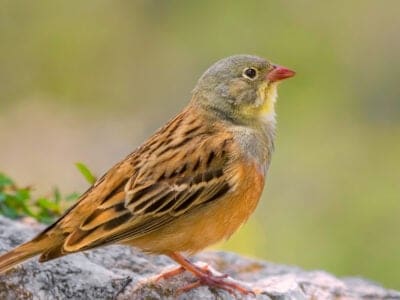
Ortolan Bunting
The tradition of hiding your face with a napkin or towel while eating this bird was begun by a priest who was a friend of the great French gastronome Jean Anthelme Brillat-Savarin.

Osprey
They reuse nesting sites for 70 years!

Otter
There are 13 different species worldwide

Owl
The owl can rotate its head some 270 degrees
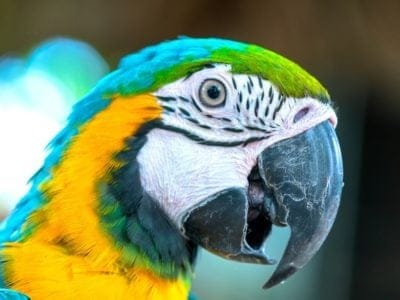
Parrot
Can live for up to 100 years!

Peregrine Falcon
Fastest animal on Earth

Pheasant
Females lay between 8 and 12 eggs per clutch!

Pigeon
They can find their way back to their nests from up to 1300 miles away.
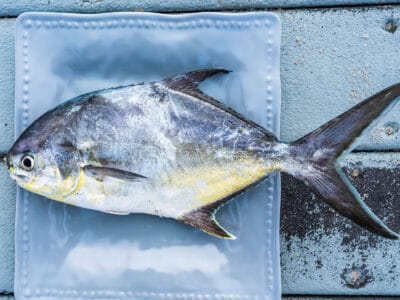
Pompano Fish
They are bottom-feeders
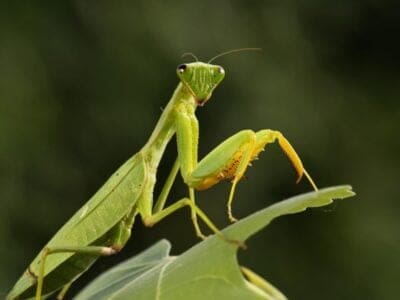
Praying Mantis
The mantis can turn its head 180 degrees.
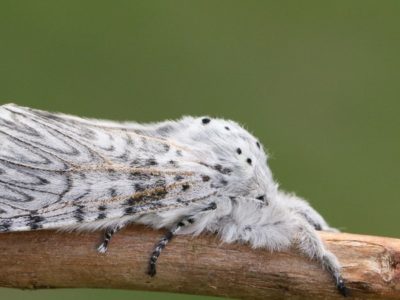
Puss Moth
Caterpillars squirt formic acid!

Quail
Inhabits woodland and forest areas worldwide!
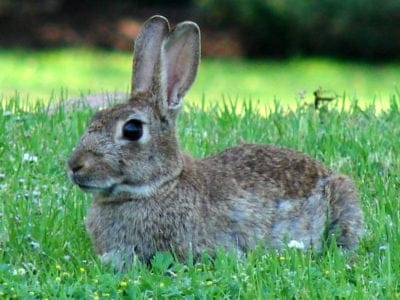
Rabbit
There are more than 300 different species!

Rat
Omnivores that eat anything!
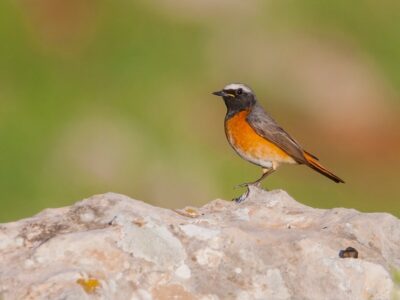
Redstart
They build their nests off the ground in tree holes, cavities, stone walls, and roofs
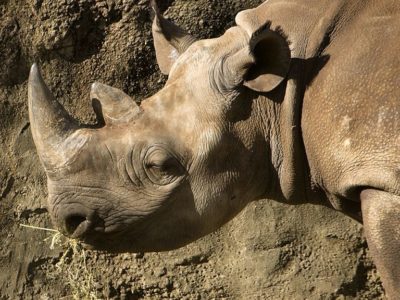
Rhinoceros
It's horns are made from keratin!

River Turtle
Inhabits freshwater habitats around the world!

Robin
There are more than 45 species in Australia alone!
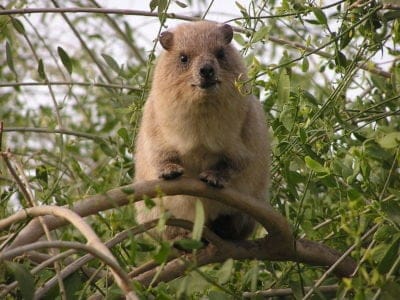
Rock Hyrax
Actually related to Elephants and Manatees!
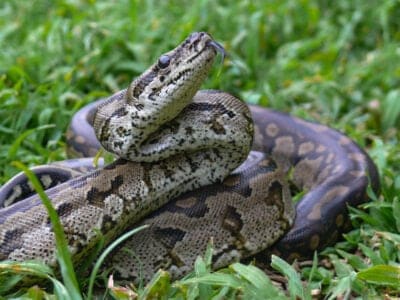
Rock Python
Rock pythons may have crossbred with the escaped Burmese pythons in Florida.

Rodents
The capybara, the world’s largest rodent, likes to be in and around bodies of water. Because of this, the Catholic Church in South America decided that it was a fish, and people were allowed to eat it during Lent and First Fridays.

Rooster
Will mate with the entire flock!

Sable Ferret
Ferrets were used during the Revolutionary War to keep down the rat population.
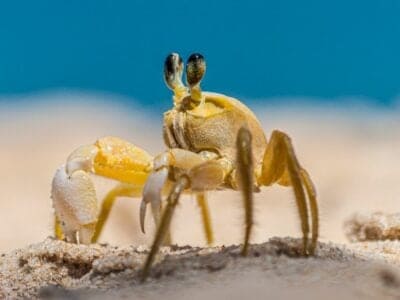
Sand Crab
The sand crab burrows beneath the sand with its tail
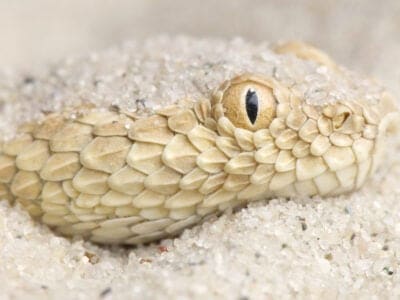
Sand Viper
Sand vipers are nuisance snakes in some areas.
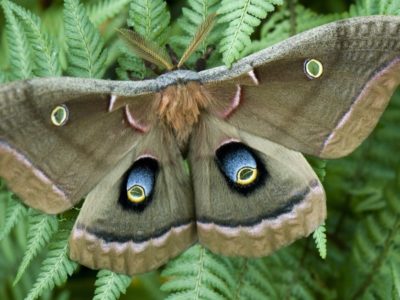
Saturniidae Moth
Some of the largest moths in the world
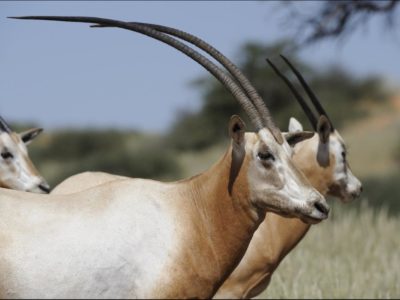
Scimitar-horned Oryx
Believed to be the inspiration for unicorn myths!

Scorpion
There are around 2,000 known species!

Sea Eagle
The sea eagle tends to mate for life with a single partner

Seahorse
Males give birth to up to 1,000 offspring!

Sheep
Around 35 million in the English countryside!
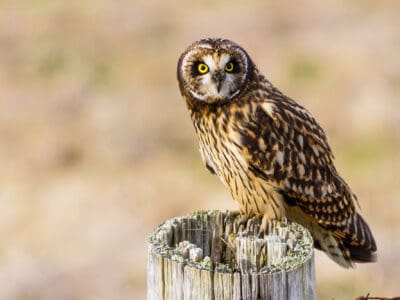
Short-Eared Owl
The short-eared owl is one of the most widespread owl species in the world, covering five continents.

Shrew
The spinal column of the shrew Scutisorex somereni is so strong and reinforced that it can support the weight of an adult human.

Shrimp
There are 2,000 different species worldwide!

Skink Lizard
Some skinks lay eggs in some habitats while giving birth to skinklets in other habitats.

Slug
They glide around on one foot, which is aided by the slime they produce

Smokybrown Cockroach
Has up to 45 eggs per egg case

Snail
There are nearly 1,000 different species!

Snake
There are around 4,000 known species worldwide
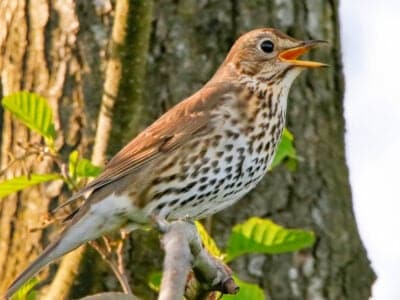
Song Thrush
A male song thrush can have over 100 phrases in his repertoire of songs and can imitate pet birds, telephones and other man-made objects.

Sparrow
There are 140 different species!

Spider Wasp
They prey on spiders to feed their larvae or they parasitize other spider wasps.

Squirrel
Small rodents found in woodlands worldwide!

Stick Insect
There are more than 3,000 different species!
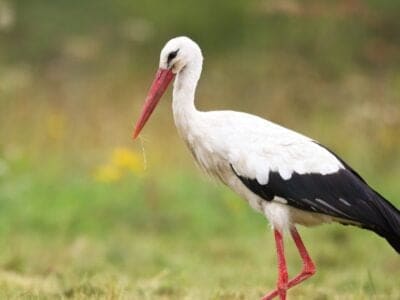
Stork
They can’t sing like other birds.
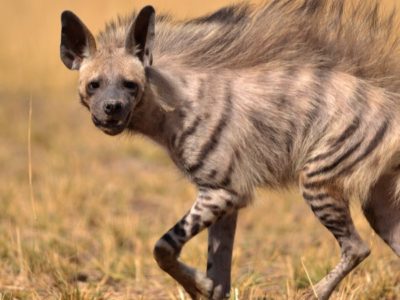
Striped Hyena
The striped hyenas usually mark their territories with the help of the scent gland secretions from their anal pouch.

Swan
Populations have been affected by pollution!
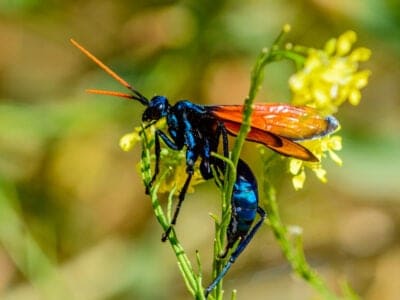
Tarantula Hawk
Tarantula hawks are excellent pollinators, especially for milkweed.

Termite
Their mounds can be up to 9 meters tall!
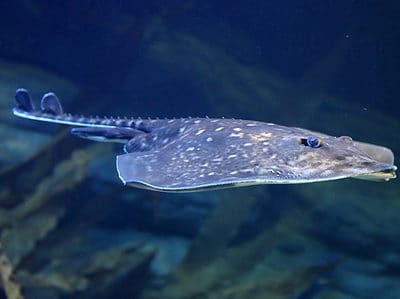
Thornback Ray
The skate with the biggest spines!

Thrush
The American robin is called the robin because its red breast reminded European settlers of the robin back in the old country.

Tick
They inject hosts with a chemical that stops them from feeling the pain of the bite

Tiger Beetle
The adult tiger beetle is one of the fastest land insects in the world

Tortoise
Can live until they are more than 150 years old!
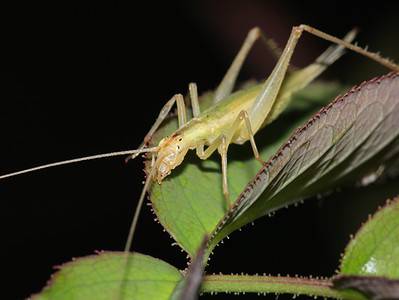
Tree Cricket
They make music with their wings

Tree Frog
Found in warmer jungles and forests!

Turtles
Some species of aquatic turtles can get up to 70 percent of their oxygen through their butt.
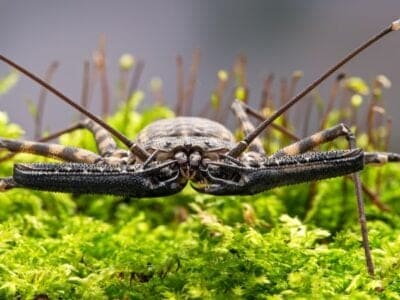
Vinegaroon
Vinegaroons can spray 19 times before the glands are depleted
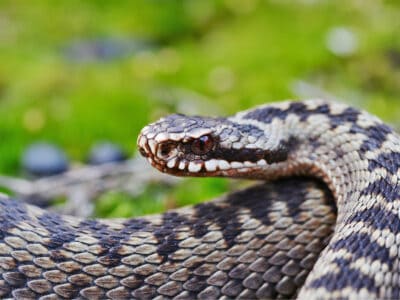
Viper
Vipers are one of the most widespread groups of snakes and inhabit most

Vulture
There are 30 different species worldwide!

Wasp
There are around 75,000 recognised species!
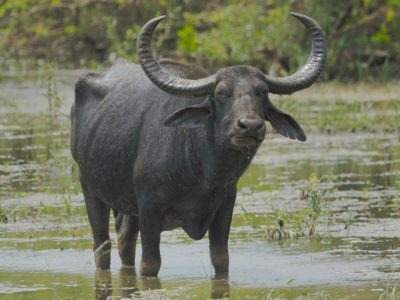
Water Buffalo
Has been domesticated for thousands of years!

White Ferret / Albino Ferrets
There are two different types of white ferrets!

Wolf Spider
Carnivorous arachnid that hunts its prey.

Woodlouse
This animal can roll up into a ball
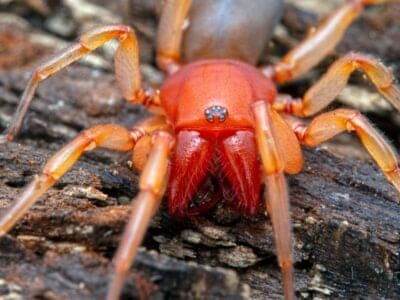
Woodlouse Spider
Unlike most spiders, woodlouse spiders don’t build a web.

Woodpecker
There are 200 different species!

Worm
Doesn’t have eyes.
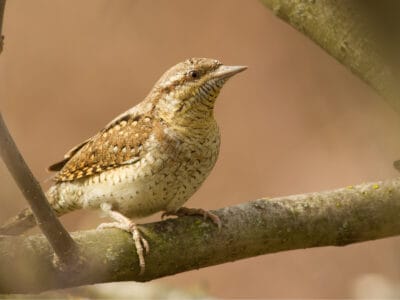
Wryneck
They feign death by making their bodies limp and closing their eyes.
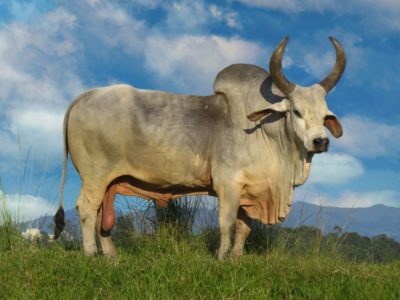
Zebu
There are around 75 different species!
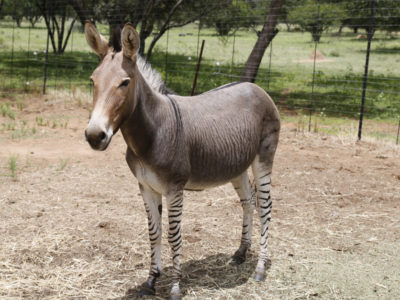
Zonkey
The offspring of Zebra and Donkey parents!
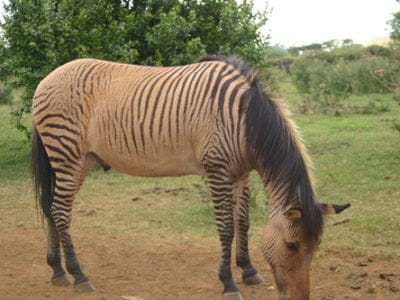
Zorse
The offspring of a Zebra and Horse parents!
Libyan Animals List
- Abyssinian
- Addax
- Admiral Butterfly
- African Wild Dog
- American Cockroach
- Ant
- Antelope
- Aoudad Sheep
- Armyworm
- Banana Spider
- Barb
- Barn Owl
- Barn Swallow
- Bat
- Bed Bugs
- Bee
- Beetle
- Bird
- Biscuit Beetle
- Black Widow Spider
- Brazilian Treehopper
- Brown-banded Cockroach
- Brown Dog Tick
- Bumblebee
- Butterfly
- Caecilian
- Camel
- Caracal
- Carpenter Ant
- Carpet Viper
- Cat
- Caterpillar
- Catfish
- Centipede
- Chameleon
- Cheetah
- Chicken
- Cichlid
- Cockroach
- Codling Moth
- Common Buzzard
- Common Furniture Beetle
- Common House Spider
- Common Raven
- Cormorant
- Cow
- Crab
- Crab Spider
- Crane
- Cricket
- Crocodile
- Crow
- Cuckoo
- Desert Locust
- Devil’s Coach Horse Beetle
- Dog
- Dog Tick
- Donkey
- Dormouse
- Dragonfly
- Dried Fruit Moth
- Duck
- Dung Beetle
- Dusky Shark
- Earthworm
- Earwig
- Eel
- Egyptian Cobra (Egyptian Asp)
- Egyptian Tortoise
- Egyptian Vulture
- Electric Catfish
- Elephant
- Elephant Shrew
- European Goldfinch
- European Polecat
- European Robin
- Falcon
- False Widow Spider
- Fennec Fox
- Firefly
- Flamingo
- Flea
- Fly
- Fox
- Frog
- Fruit Fly
- Gazelle
- Gecko
- Gerbil
- German Cockroach
- Glass Lizard
- Glowworm
- Gnat
- Goat
- Golden Eagle
- Golden Oriole
- Grasshopper
- Green Bee-Eater
- Gypsy Moth
- Hamster
- Hare
- Hawk Moth Caterpillar
- Hedgehog
- Heron
- Honey Bee
- Hoopoe
- Horned Viper
- Horse
- Horsefly
- Housefly
- Human
- Huntsman Spider
- Hyena
- Ibis
- Insects
- Jacana
- Jack Crevalle
- Jerboa
- Jumping Spider
- Kingfisher
- Ladybug
- Leech
- Liger
- Lizard
- Locust
- Maggot
- Magpie
- Mayfly
- Mealybug
- Millipede
- Mole
- Mole Cricket
- Mongoose
- Mongrel
- Monitor Lizard
- Monkey
- Moorhen
- Mosquito
- Moth
- Mouse
- Mule
- Nematode
- Nightingale
- No See Ums
- Northern Pintail
- Orb Weaver
- Ortolan Bunting
- Osprey
- Otter
- Owl
- Parrot
- Peregrine Falcon
- Pheasant
- Pigeon
- Pompano Fish
- Praying Mantis
- Puss Moth
- Quail
- Rabbit
- Rat
- Redstart
- Rhinoceros
- River Turtle
- Robin
- Rock Hyrax
- Rock Python
- Rodents
- Rooster
- Sable Ferret
- Sand Crab
- Sand Viper
- Saturniidae Moth
- Scimitar-horned Oryx
- Scorpion
- Sea Eagle
- Seahorse
- Sheep
- Short-Eared Owl
- Shrew
- Shrimp
- Skink Lizard
- Slug
- Smokybrown Cockroach
- Snail
- Snake
- Song Thrush
- Sparrow
- Spider Wasp
- Squirrel
- Stick Insect
- Stork
- Striped Hyena
- Swallowtail Butterfly
- Swan
- Tarantula Hawk
- Termite
- Thornback Ray
- Thrush
- Tick
- Tiger Beetle
- Tortoise
- Tree Cricket
- Tree Frog
- Turtles
- Vinegaroon
- Viper
- Vulture
- Wasp
- Water Buffalo
- White Ferret / Albino Ferrets
- Wolf Spider
- Woodlouse
- Woodlouse Spider
- Woodpecker
- Worm
- Wryneck
- Zebu
- Zonkey
- Zorse
Animals in Libya FAQs (Frequently Asked Questions)
What kind of animals live in Libya?
Coastal, forest, mountain, and desert-dwelling animals.
Do lions live in Libya?
Yes, but they are kept in protected areas and are not native to Libya. The Barbary lion, which was native to Libya and several other countries, is extinct.
Does Libya have a lot of snakes?
Yes, especially in the Sahara desert, there are sand vipers, horned vipers, reticulated pythons, and cobras.




